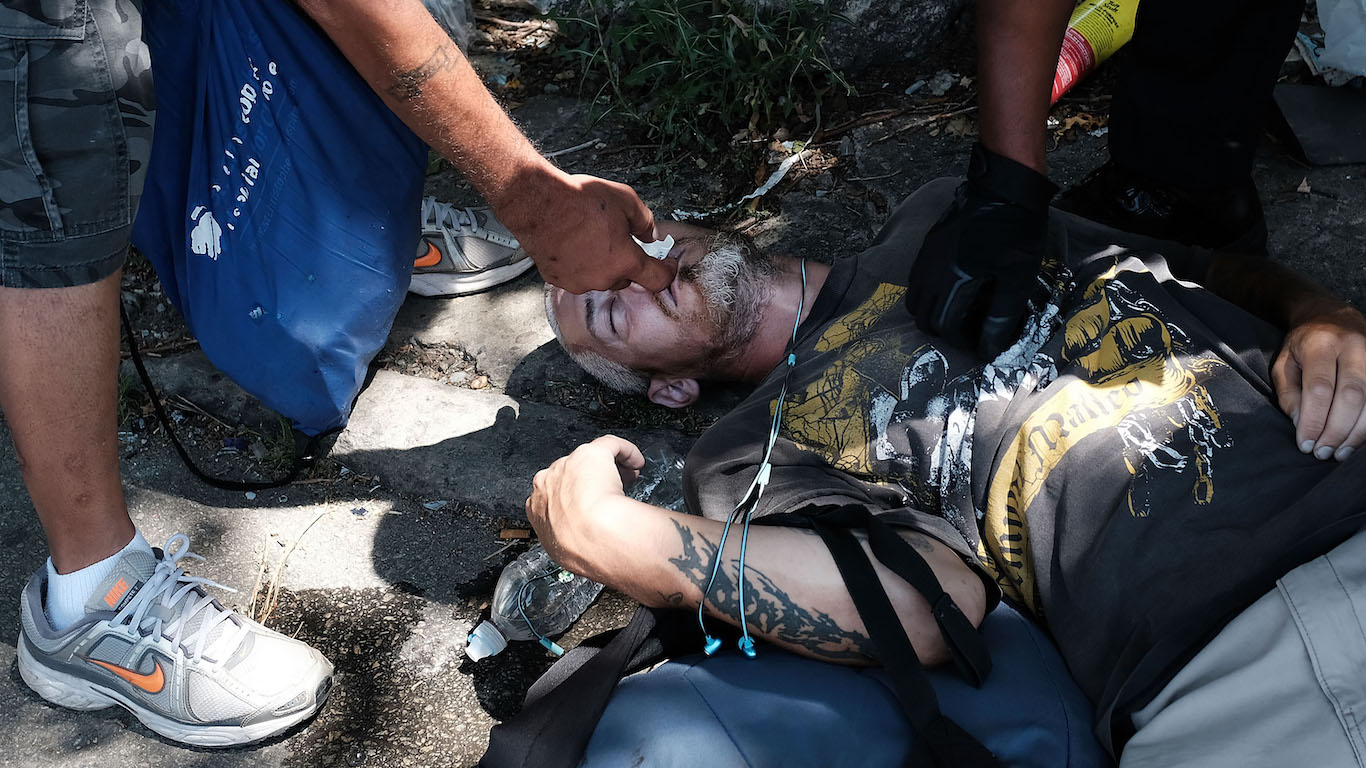

The opioid epidemic in the United States affects every American, either directly or indirectly. More than 700,000 Americans have died from opioid overdoses, often leaving behind families trying to understand how things could go so wrong and picking up the pieces of shattered lives.
Even those lucky enough not to have been directly affected have paid a price. A team of researchers at Pennsylvania State University have conducted a series of studies to try to estimate the impact of the opioid crisis on state budgets. Their results were posted Tuesday at The Conversation, along with links to the individual studies.
The researchers reviewed available data in several categories of expenditures in 17 states and used the actual amounts of expenditures to extrapolate estimates for each category and a total expenditure estimate of $130 billion. Based on a Census Bureau count of U.S. households totaling nearly 128 million, every household in America has paid just over $1,000 to overcome the impact of the opioid epidemic.
Medical care costs alone, according to the researchers, were estimated at $112 billion for the period between 1999 and the present day. The estimate is based on Medicaid claims for 17 states between 1999 and 2013 amounting to $72 billion and estimated Medicaid expenditures since 2013 of $40 billion.
States also lost tax revenues due to the opioid crisis because opioid misuse can lead to “significant declines in employment.” The researchers estimated that the states have lost more than $13 billion in tax revenues as a result of the opioid epidemic.
Costs to the criminal justice system, including the cost of police to make arrests, courts to hear the cases and corrections facilities to treat offenders, were difficult to pin down due to the absence of reliable data. Researchers then focused on Pennsylvania, where estimated spending related to the opioid crisis in the years 2007 to 2016 totaled $526 million. They did not extrapolate national costs beyond that.
State programs for childcare and welfare racked up some $2.8 billion in costs for all 50 states in the years between 2011 and 2016. Again, the available data was limited and the researchers used a model to estimate these costs.
Based on the available data, then, the research studies were able to estimate that for the years covered (which differed depending on the category of expenses being examined), states lost about $85 billion. Extrapolating those costs through 2018 ran the total to at least $130 billion, and the continuing annual cost to states was estimated at $6 billion to $10 billion.
These estimates, the researchers say, “provide a benchmark states can use in litigation as they seek to recoup these costs to help cover the ongoing expenses associated with containing and ending the epidemic.” At least one drug maker has filed for bankruptcy after paying $225 million to settle claims of illegally marketing a highly addictive opioid drug.
Opioid abuse is one of the most serious public health issues in the country today. The cost to state governments does not include many of the broader economic and psychological costs of the opioid crisis.
Thank you for reading! Have some feedback for us?
Contact the 24/7 Wall St. editorial team.
 24/7 Wall St.
24/7 Wall St.


